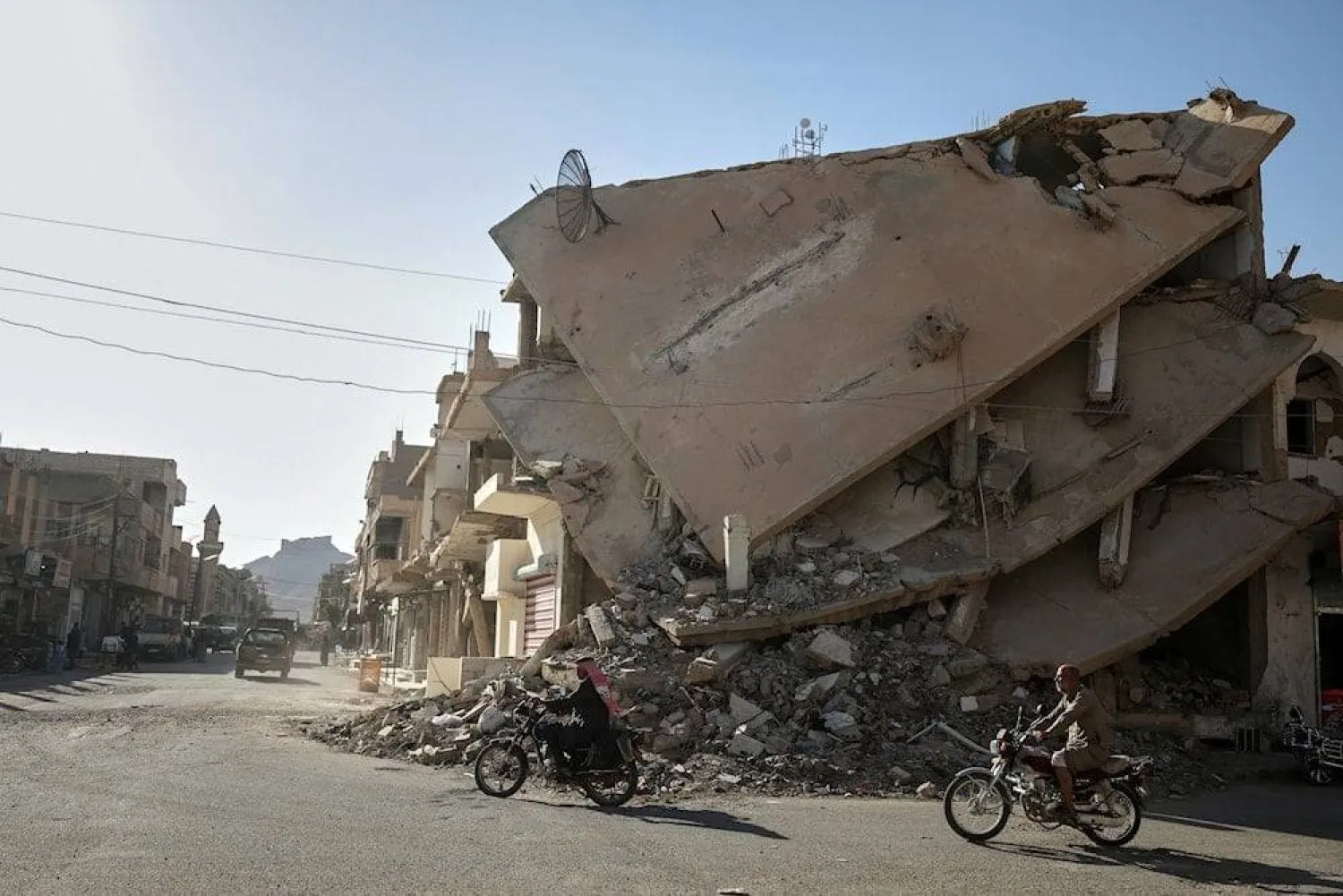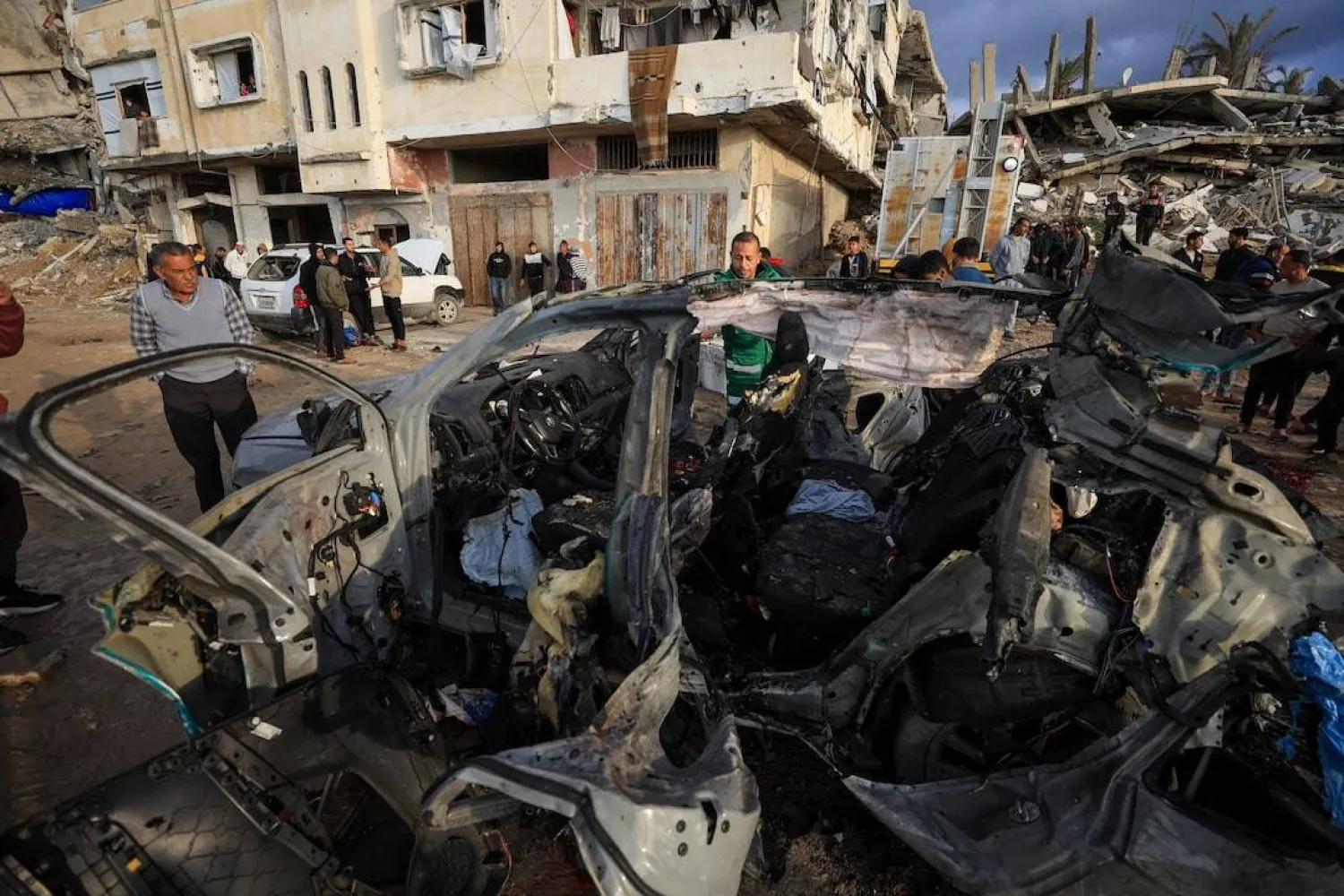In his address to the Arab Summit in Tunis over the weekend, Lebanese President Michel Aoun expressed concern over the US decision to recognize Israeli sovereignty over the Golan Heights and the fate of the occupied Shebaa Farms, Kfar Shouba hills and the Lebanese part of the town of Ghajar. The Syrian official position on the recent US move came in line with the Arab and international positions, which unanimously agreed that such a resolution encourages Israel to pursue its expansionist policy and obstruct efforts to achieve peace in the region.
Some Lebanese figures close to the Hezbollah party have recently announced that they expect the launching of a Syrian “resistance” movement from the Golan and even went on to set specific dates for its launch, under the pretext that the US decision would also affect the Lebanese territory still occupied by Israel.
By allowing themselves to set a timetable for launching of the resistance from the Golan on behalf of the Syrian regime, those figures want to say that Damascus' stance suddenly changed from “reluctant” to “resistant”.
This would suggest that Syria might adopt a new method, contrary to its previous dealing with the Lebanese resistance to the Israeli occupation. That resistance was based on dissociating the Golan Heights, in line with the disengagement agreement signed by former US President Richard Nixon with late Syrian President Hafez al-Assad, in the wake of the October 1973 war, which produced a long truce that is still in effect today.
Israel had tried to consider the Lebanese territories occupied in 1967 to fall under UN Security Council resolution 242, not resolution 425, based on which it withdrew from Lebanon in 2000.
Israel links its presence in the occupied Lebanese territories to the Golan Heights, even though 1973 Security Council resolution 338 calls for a ceasefire on all fronts and the implementation of resolution 242 in its entirety.
However, the liberation of southern Lebanon in May 2000 and Israel’s withdrawal from the territories it occupied, with the exception of the Shebaa Farms, the Kafr Shouba hills and the Lebanese part of Ghajar, prompted the Lebanese government, under the term of then President Emile Lahoud, to raise the issue before the United Nations.
The UN did not object to Lebanon’s demand, but referred it to the Syrian regime months after the arrival of Bashar al-Assad to the presidency. The international body asked Beirut to obtain from Damascus a document to be resolved by international law between the two countries and serve as an official document in which Syria recognizes Lebanese sovereignty over these areas.
Damascus attributed at the time the reason for its refusal to provide Beirut with such a paper to its demand that Israel's withdrawal be the starting point to begin the demarcation of the border between Lebanon and Syria.
Today, it seems that the annexation of the Golan Heights to Israeli sovereignty allowed the Syrian regime to link Lebanon to this file, but this will inevitably lead to the launching of the Syrian resistance from the Golan front, as desired by some in Lebanon who are closely linked to the axis of “resistance.”









